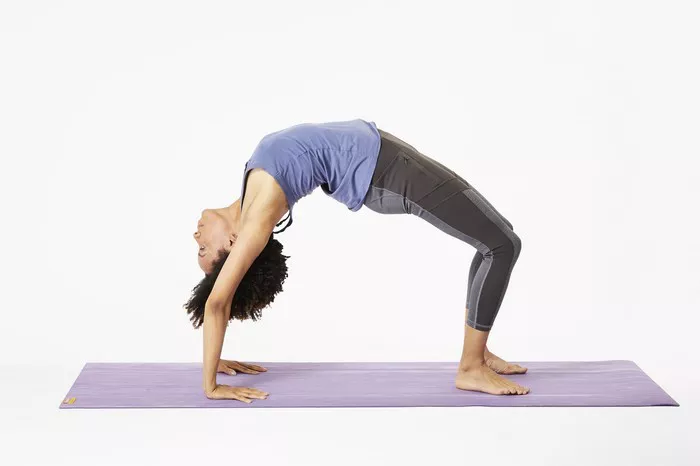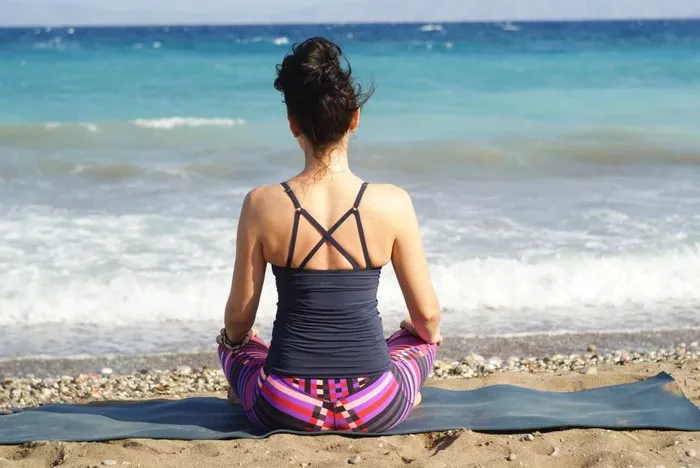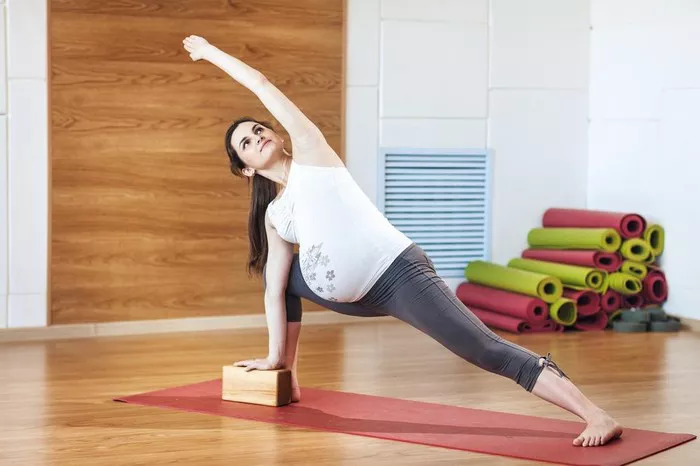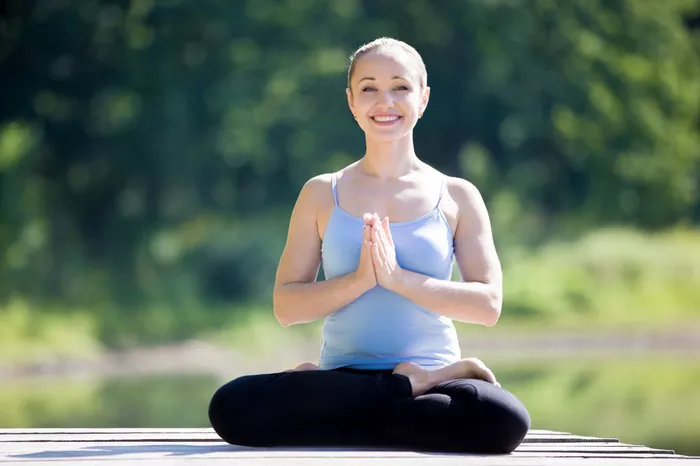Yoga has long been recognized as a powerful practice that enhances physical, mental, and emotional well-being. Among the many styles of yoga, Iyengar Yoga stands out for its precision, alignment, and use of props. Developed by B.K.S. Iyengar, this method has gained worldwide recognition for its structured approach to asanas (postures) and pranayama (breathing techniques). But is Iyengar Yoga truly healthy? Let’s explore its benefits, potential risks, and suitability for different individuals.
Understanding Iyengar Yoga
Iyengar Yoga is characterized by its emphasis on alignment, detail, and the use of props such as blocks, straps, bolsters, and chairs. This method helps practitioners achieve correct posture and alignment while minimizing the risk of injury. Unlike dynamic forms of yoga like Vinyasa or Ashtanga, Iyengar Yoga encourages holding poses for longer durations, allowing the body to deepen into postures and develop strength, flexibility, and awareness.
Health Benefits of Iyengar Yoga
1. Improves Posture and Alignment
One of the key benefits of Iyengar Yoga is its focus on correct posture. By emphasizing proper alignment, it helps individuals develop body awareness and correct imbalances that may lead to discomfort or chronic pain. Many practitioners find relief from back pain, neck tension, and joint stiffness through consistent practice.
2. Enhances Flexibility and Strength
Iyengar Yoga involves holding poses for extended periods, which helps lengthen muscles and improve flexibility. Additionally, many poses require strength to maintain balance and stability, leading to increased muscular endurance and core strength.
3. Reduces Stress and Promotes Mental Clarity
Like other forms of yoga, Iyengar Yoga incorporates breath control and mindfulness, helping practitioners develop a sense of calm and focus. The slow, intentional movements and deep breathing activate the parasympathetic nervous system, reducing stress and promoting relaxation.
4. Supports Joint Health and Mobility
The use of props in Iyengar Yoga allows individuals with limited mobility or joint issues to participate safely. By modifying poses to accommodate different needs, this style makes yoga accessible to people with arthritis, osteoporosis, or recovering from injuries.
5. Enhances Circulation and Cardiovascular Health
Holding poses for longer durations encourages blood flow and improves circulation. Some studies suggest that yoga can help lower blood pressure and improve heart health by reducing stress and promoting relaxation.
6. Aids in Injury Recovery and Rehabilitation
Because of its precise and controlled approach, Iyengar Yoga is often recommended for injury recovery. The props and modifications help individuals gently regain strength and flexibility without straining the body.
7. Boosts Mental Focus and Discipline
Iyengar Yoga requires concentration and attention to detail, which can enhance cognitive function and mental discipline. Over time, practitioners may develop greater patience, perseverance, and self-awareness.
Potential Risks and Considerations
While Iyengar Yoga is generally safe and beneficial, there are some considerations to keep in mind:
- Risk of Overstretching: Holding poses for extended periods can sometimes lead to overstretching or muscle fatigue. Beginners should listen to their bodies and avoid pushing beyond their limits.
- Use of Props Requires Guidance: While props make poses more accessible, improper use can lead to imbalances or incorrect alignment. Learning from a certified Iyengar Yoga instructor ensures safe practice.
- Not as Cardiovascularly Intense: Unlike fast-paced yoga styles, Iyengar Yoga does not provide intense cardiovascular exercise. Those looking for a high-intensity workout may need to supplement their routine with other forms of exercise.
- May Require Patience: Some individuals prefer a more dynamic or fast-moving practice. Iyengar Yoga’s slow, methodical approach may not appeal to those seeking a more fluid or energetic experience.
Who Can Benefit from Iyengar Yoga?
1. Beginners
Iyengar Yoga is an excellent starting point for beginners due to its structured approach and emphasis on alignment. The use of props helps individuals build confidence and ease into poses safely.
2. Seniors and Individuals with Mobility Issues
The adaptability of Iyengar Yoga makes it suitable for older adults and those with limited mobility. The practice can help maintain flexibility, reduce joint pain, and improve overall mobility.
3. People with Chronic Pain or Injuries
Individuals recovering from injuries or dealing with chronic conditions like back pain, arthritis, or scoliosis can benefit from Iyengar Yoga’s therapeutic approach.
4. Athletes and Fitness Enthusiasts
Athletes looking to improve flexibility, prevent injuries, and enhance body awareness can use Iyengar Yoga as a complementary practice.
5. Those Seeking Mindfulness and Stress Relief
Iyengar Yoga’s focus on precision and breath awareness promotes mindfulness, making it an effective practice for stress management and mental well-being.
Conclusion
Absolutely. Iyengar Yoga is a highly beneficial practice that promotes physical health, mental clarity, and overall well-being. Its emphasis on alignment, strength, flexibility, and mindfulness makes it suitable for individuals of all ages and fitness levels. While it may not be the best choice for those seeking intense cardiovascular activity, it excels in improving posture, relieving pain, reducing stress, and enhancing body awareness.
For those new to yoga or dealing with specific health concerns, working with a certified Iyengar Yoga instructor can provide personalized guidance and ensure a safe and effective practice. Whether you’re looking to build strength, recover from an injury, or cultivate mindfulness, Iyengar Yoga is a powerful tool for achieving a balanced and healthy life.
Related Topics:























